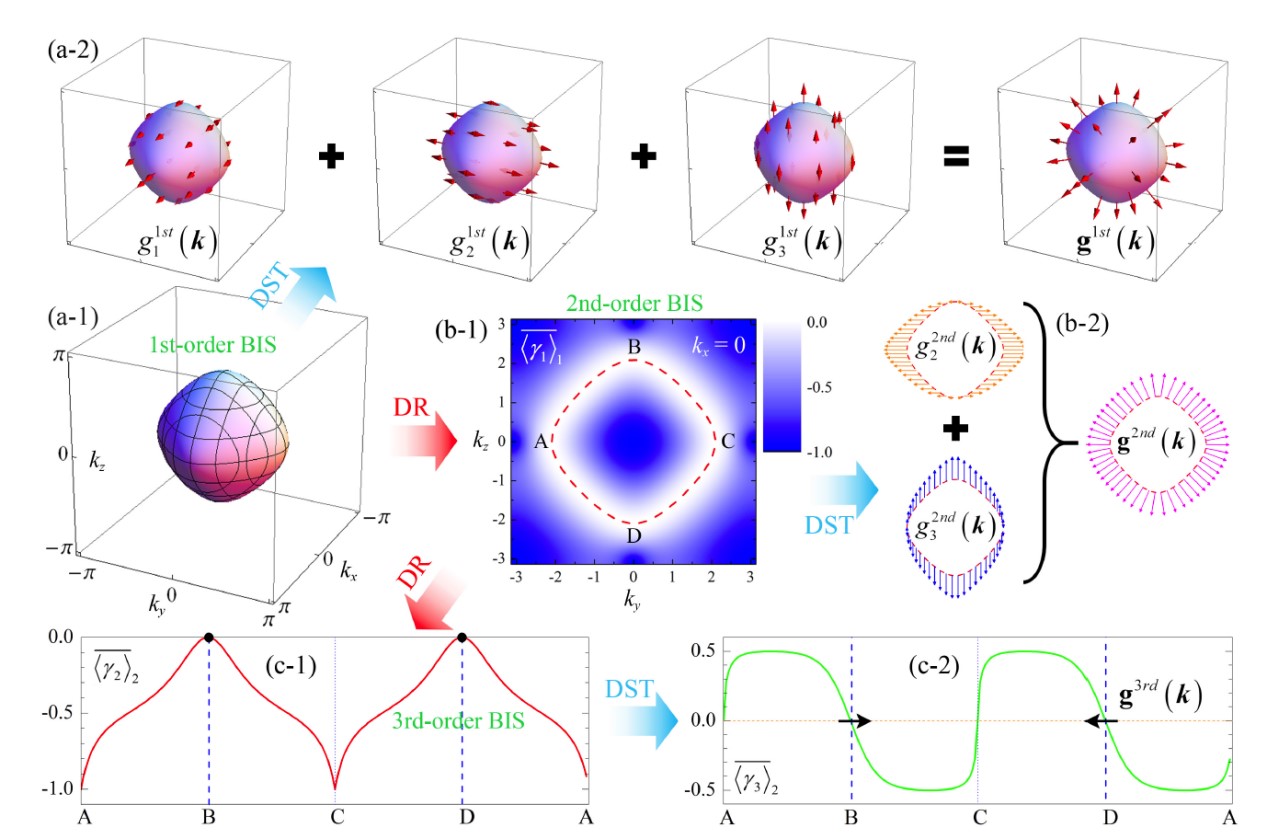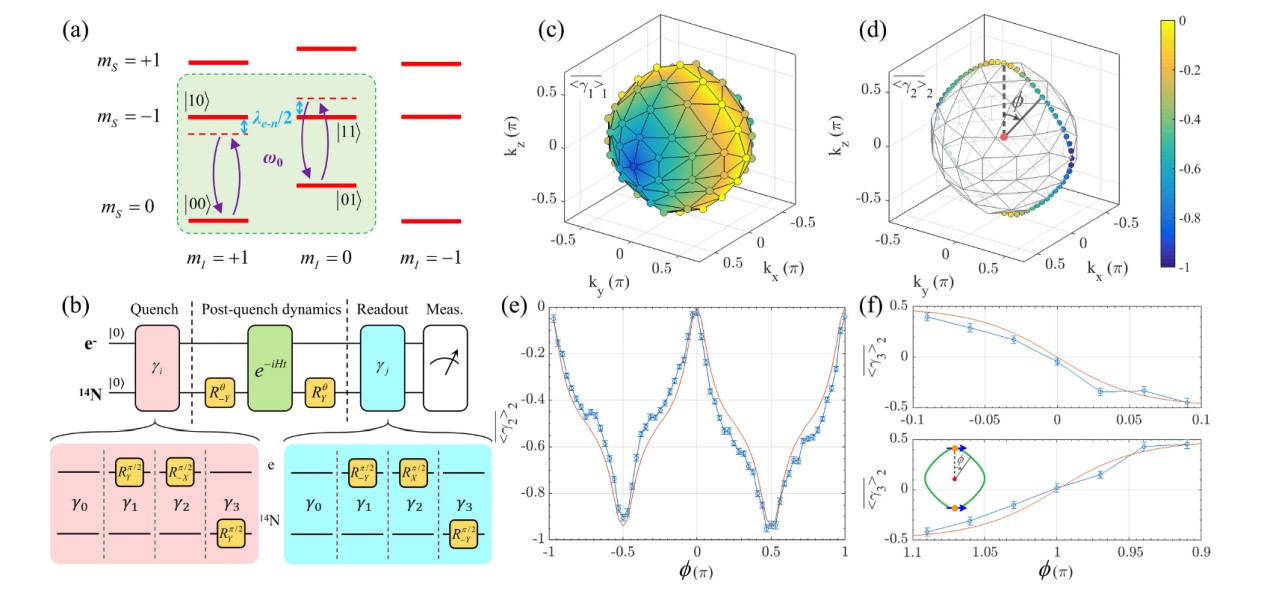Recently, Assistant Professor Jiansheng Wu’s research group from the Department of Physics and the Shenzhen Institute of Quantum Science and Engineering (SIQSE) at the Southern University of Science and Technology (SUSTech), in collaboration with Professor Xiong-Jun Liu’s research group from Peking University (PKU) and Professor Ya Wang’s research group from the University of Science and Technology of China (USTC) proposed the concept of high-order band-inversion surface (BIS) for the first time. They have further designed experimental schemes for quantum dynamical characterization of topological phases and verified the advantages of the experimental schemes using a quantum simulator. The paper, entitled “Quantum dynamical characterization and simulation of topological phases with high-order band inversion surfaces” was published in PRX Quantum.

The bulk-boundary correspondence (BBC) is a fundamental mechanism in topological quantum phases, such as in the quantum Hall effect, topological insulators, and topological superconductors, in which the topological number of the bulk links to the number of the robust gapless states on the boundary. While the BBC is well defined in the real space, it does not seem straightforward to extend such a concept to the momentum space, since the latter is intrinsically closed and has no well-defined boundaries. However, a new method to classify topological states was proposed recently, showing that the topological number of a d-dimensional (dD) system corresponds to the nontrivial (pseudo) spin texture on the (d−1) D momentum subspace, called band inversion surfaces (BISs). This method is particularly useful in two aspects.
Firstly, it enables the characterization of topological phases by quantum dynamics. Secondly, high-precision measurement of the topological phases can be performed in experiments. In this work, the research team proposed the concept of high-order BISs for the dynamical characterization and simulation of topological quantum phases. Experimentally, they built up a quantum simulator to investigate the high-order dynamical bulk-surface correspondence, with the advantages of the minimal measurement strategy in the simulation being demonstrated.

Figure 1. First/Second/Third-order band-inversion surface and corresponding spin texture in a 3D chiral topological insulator.
In this work, the research team first simulates the dynamical scheme for a 3D chiral topological insulator theoretically. Different-order BISs of this system corresponds to the different-dimensional surface [Figure 1 (a-1)], curve [Figure 1 (b-1)], and point [Figure 1 (c-1)]. Through quenching external fields and measuring spin polarization, the spin textures on these BISs can be obtained [Figure 1 (a,b,c-2)], giving the same topological information. There is an advantage to this. While reducing the dimension of the BIS, the measurement range decreases obviously. In particular, the highest-order BIS is 0D and only includes two points. It greatly simplifies the measurement strategy. This scheme is suitable for general topological band theory and the topological properties of the system can be measured by simplified experiments.

Figure 2. (a, b) Quantum simulator built from solid-state spins of the NV center in diamond. (c-f) Quantum simulation of quantum dynamical characterization of a 3D chiral topological insulator.
The experimental study verifies that the characterization and simulation of topological phases using high-order BISs are of clear advantages and high efficiency. Figure 2 shows the quantum simulator built from solid-state spins of the NV center in diamond. Through reducing the dimension of the BIS, the 0D third-order BIS is finally obtained, which includes two momentum points. After the further measurement of the time-averaged spin polarization, the spin texture can be obtained and shows the nontrivial topology. Meanwhile, it also presents the great advantage of the quantum dynamical characterization based on the high-order BIS.
Xiang-Long Yu, a Research Assistant Professor from SIQSE at SUSTech, Wentao Ji, a Postdoctoral Researcher from USTC, and Lin Zhang, a Ph.D. from PKU, were the co-first authors of this paper. Ya Wang, Jiansheng Wu, and Xiong-Jun Liu were the co-corresponding authors, while SUSTech was the first affiliation.
This research was supported by the National Natural Science Foundation of China (NSFC), Guangdong Innovative and Entrepreneurial Research Team Program, Guangdong Provincial Key Laboratory, and Science, Technology, and Innovation Commission of Shenzhen Municipality.
Paper link: https://link.aps.org/doi/10.1103/PRXQuantum.2.020320
Proofread ByAdrian Cremin, Yingying XIA
Photo By